Special Report: Course Correct?
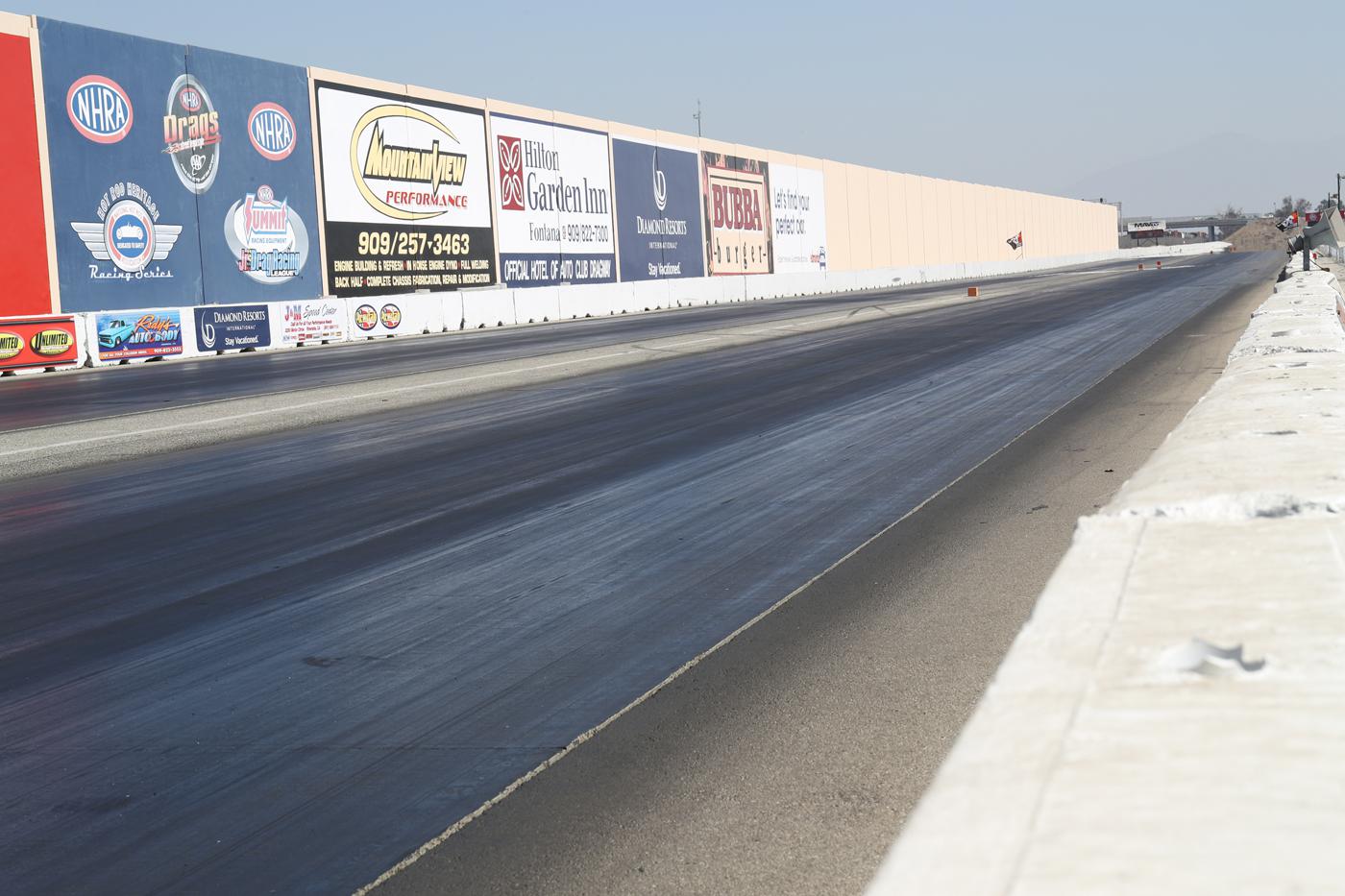
Across the US, drag strips are closing at an alarming rate, and with far-reaching consequences. Here, industry insiders weigh in on what can be done to stem the tide and get these venues back on solid ground.
For a sport that competes in a straight line, drag racing has certainly had to negotiate some swift curves and treacherous setbacks in recent years.
The most visible problem for drag racing today is the wave of track closings across the nation. Many of these were large, established tracks that served major metropolitan areas. Auto Club Dragway in Fontana, California—the last public quarter-mile drag strip in So Cal—never reopened following pandemic shutdowns. Houston Raceway Park in Baytown, Texas, closed for good after 35 years following the NHRA Spring Nationals in April. Palm Beach International Raceway in Florida likewise held its final drag race in April. Atlanta, Phoenix, and Memphis have all lost drag strips in the last year or have reported deals in place that will close them soon. The Northeast racing community is still smarting from the Englishtown drag strip in New Jersey closing in 2018.
And there is no new wave of drag strip openings to pick up the slack.
The implications of these closings are ominous. Drag racing has long been the most accessible, grassroots-oriented form of motorsports. Anyone can take their daily driver to a test-and-tune night and get their car on the track without any expensive equipment or special racing license. It’s one of the few sports where someone in their 60s can compete against 20-somethings and still have an expectation to win.
“You go to all these races and there’s something for everybody. No matter what kind of car you have, they’ve got sportsman, they’ve got pro, they’ve got super pro, bracket racing,” said Steve Williams, former chief engineering officer and current chief business development officer at K&N, Riverside, California, and a longtime NHRA competitor himself.
“If we lose this local-hero, small, grassroots track, where kids go out with their parents and siblings, what happens is we’re losing that next generation that might be interested in getting into racing. Drag racing indexes female higher than any other motorsport. Why? Because it’s easily accessible,” Williams said.
“Drag racing is like midget and sprint car racing—it’s such the cornerstone and the foundation of all motorsports in the United States,” observed Chris Bovis of Hart Marx Advisors, San Rafael, California, specialists in mergers and acquisitions in the automotive industry. “To have it under threat or have it in a declining situation is not good for any enthusiast in the US. It is a problem that needs to be addressed with creative solutions.”
Losing a local track can have effects that reach far beyond the immediate community. “It’s devastating,” Williams said. “It would be a little bit like, for people who are into fishing, boating, and jet skiing, what if all of a sudden, they just drained the lake and you had no place to go anymore? And the next lake is four hours away. Would you still just grab the kids and go out to the lake? Would you get in the car and drive four hours? No. What would you do? You’d go, ‘Well, I’ve got to do something else.’ And you’d sell your boat and be disappointed. Or you’d pack up the kids and move. I’m telling you, we have lost racers in Southern California because they have no place to race. With some of them, the car just sits in the garage, or they sell their cars.”
The loss of legitimate, legal places to race could also lead to a rise in street racing, which endangers lives and damages the reputation of the performance industry even further.
Broken Pavement
There’s no one reason why drag strips are closing around the country after decades in business. “In the cases we have looked at, each race track owner has dealt with particular issues,” said Daniel Ingber, vice president, Government & Legal Affairs for SEMA, Diamond Bar, California. “In many cases, the economics of motorsports just don’t work out anymore. This can be a result of dropping attendance, especially during COVID-19, combined with rising land values that create incentives to sell to developers, as often once rural or exurban race tracks are finding themselves in what is now a suburb. Suburban sprawl also can bring with it more noise complaints.”
Jim Hughes owns Tucson Dragway in Tucson, Arizona, and sees the factors that challenge drag strips from the ground level. “We believe there are a few factors that could close drag strips,” he said. “Lack of participation and support, for one. We have seen rising cost of goods cause push-back from racers. Race fuel, diesel, repair cost on trucks and trailers—everything seems to be on the rise in our economy. Racers seem to be struggling to get replacement parts in a reasonable amount of time as well. Another issue is that property values are just so high and in demand for other venues like malls, massive warehousing, etc. Investors and owners seeing that business opportunity must find it hard to turn down.”
While each case is indeed different, according to our sources, land value is the factor with an outsize influence on tracks closing. “I think most of it is inflated real estate. I don’t know the cause of it, but we’re seeing just absolutely ridiculous land values,” said Kurt Johnson of Total Venue Concepts, Petersburg, Indiana, a company that specializes in track prep and specialized track maintenance equipment.
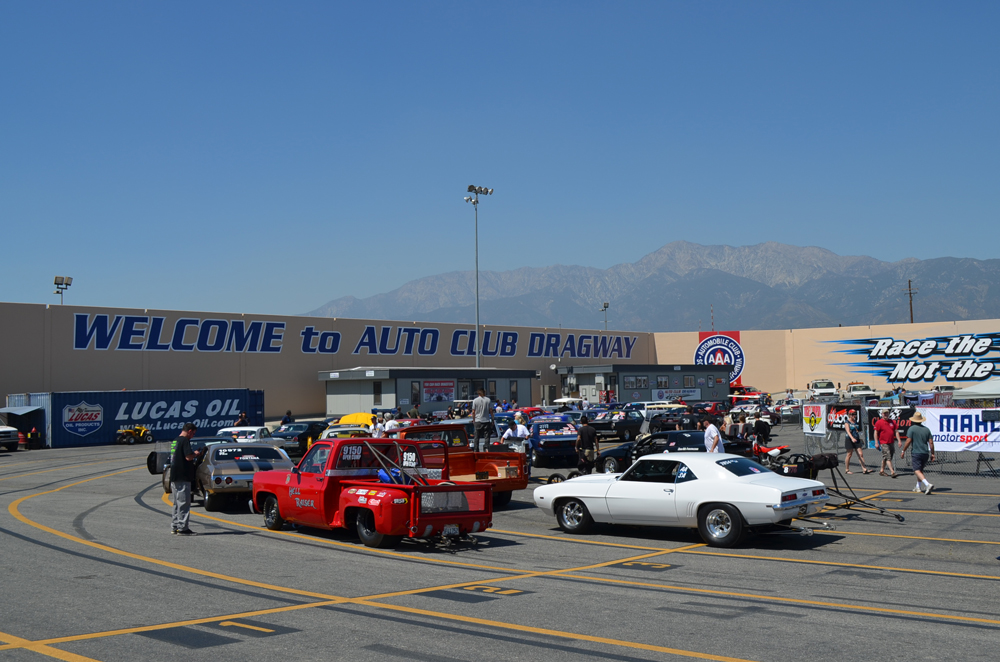
“If you are a track owner and thinking of another year of possibly being at risk, and maybe not making that much money, or you could sell the land you bought for $200,000 for $8.5 million, that’s an attractive deal,” Bovis said. “As much as you love drag racing, it’s hard to ignore those economics. It’s hard to make a lot of money, hard to make a good, consistent growing business out of a drag racing venue, combined with maybe now for the first time having some other options to cash out.”
In a time of high inflation, broken supply chains, and economic uncertainty, money around the world is chasing hard assets like real estate. There is more going on behind the scenes than the raw land value, however. Drag strips are an appealing target for acquisition for another reason: grandfathered infrastructure.
Keith Haney owns the Summit Racing Equipment Mid-West Drag Racing Series and, along with his business partner Todd Martin, Osage Casino Tulsa Raceway Park in Tulsa, Oklahoma. As co-owner of a track and owner of a series, he sees the challenges drag strips face from all angles.
“When you start looking at the profit margins in race tracks, the economy obviously hits the people who go to the race track first. With the rising prices of necessities that everybody needs every day, it limits their free cash to go to race tracks,” Haney said.
“And land is up so much,” he added. “You get these big corporate groups who come in and say, ‘Okay, we’re going to give you three or four times earnings on your land.’ Or maybe it’s 10 times earnings.
“Look at it from the perspective of a person who owns the dirt, owns the utility,” Haney continued. “Say a piece of property is worth $2 million. These corporate groups may give you $8 million because the infrastructure that’s on the race track bypasses a lot of corporate tape, or city tape, whatever you may call it. The builders won’t have to have certain permits to put a building up because the infrastructure’s already there and has been there. They can pay outrageous prices because they’re not going to spend the money on red tape and having to go through all these guidelines, inserting sewer lines, etc., because they are grandfathered in. They just convert the buildings that are on the property to manufacturing or whatever it is they are doing. And then they add on. Well, when they add on, they don’t have the red tape that they would have when building from new.”
Keep Racing
The number of drag strips may be contracting, but the motorsports industry is nothing if not innovative and resourceful. It is entirely possible to stop the bleeding, so to speak, and part of the solution involves finding additional uses for the property that bring in steady revenue that is not reliant on the up-and-down nature of the racing calendar. A track owner with a more profitable business is less tempted by buyout offers. Our sources had plenty of ideas on how to utilize track infrastructure for additional income.
“Thinking about the property in a total sense—you have not just the assets of the drag strip, but you have a huge parking lot, you have lots of space, you have established ingress and egress plans that you can use for a lot of different things—is really smart,” Bovis said.
“Track operators have been having to look at events with more of an open-mind thought process. Start taking events that are much less traditional than your normal Friday night drags or local bracket program,” Hughes said. “Tucson Dragway has tried to take this approach since day one. We value our racers and community equally. We want to be a venue, not just a drag strip. By opening our doors to car shows, drive-in movies, 5K fun runs [foot races] and even a circus has helped us tremendously. Having this open and non-traditional mindset has also helped us while booking in weekday rentals that help keep our venue active. Insurance accident re-creations, the testing of self-driving vehicles, or motorcycle training classes have also been a huge help to cover operating expenses.”
Keith Haney is in a unique position as the co-owner of Osage Casino Tulsa Raceway Park in Tulsa, Oklahoma, (seen here) and owner of the Mid-West Drag Racing Series. He sees the challenges drag strips face from all angles, but he has also leveraged his circumstances to help his and other race tracks in the region. Photo courtesy of E3xtreme.
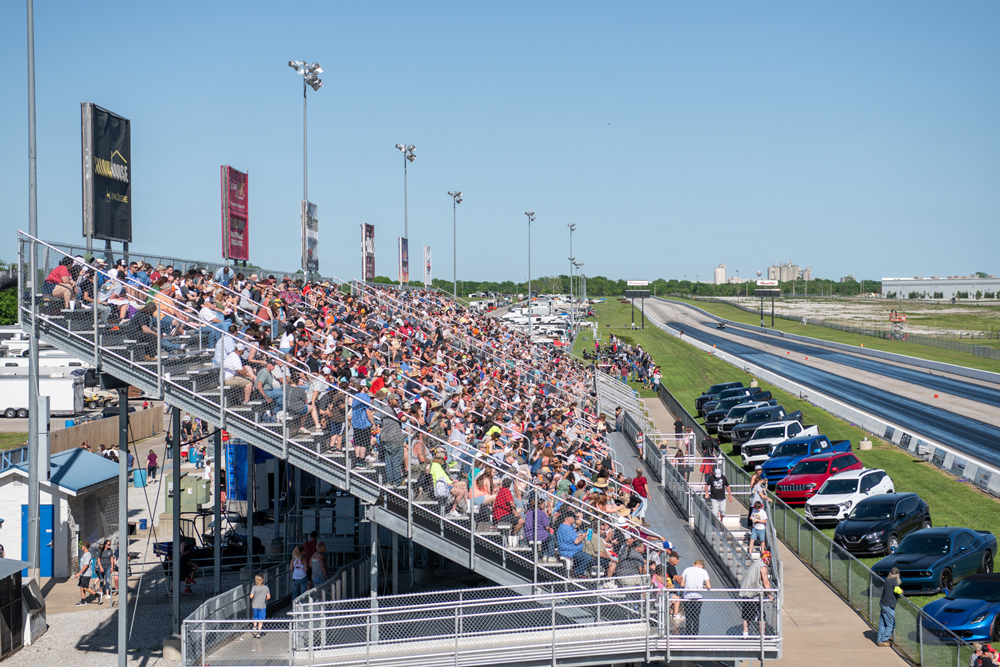
Many race tracks have found such non-traditional uses as Christmas light shows to be good money-makers, but the key is to generate income that is not just seasonal.
“There are some race tracks that have realized that they have to create daily, weekly, monthly income independent of just whenever they put races on,” Williams said. “There are a couple of race tracks that have realized that they can lease space on the property for storage spaces. There are tracks that have working shops. When you go to the race track, on some portion of the facility they lease out commercial buildings. And some small businesses work in that shop fabricating, building. So the income is not just related to the race track and putting on a race. There are some race tracks that put on events like outdoor concerts. The race tracks that are going to survive are the ones that realize there’s a whole list of ways to create income that then allow the race track to still put on these events, but they’re not solely reliant upon the income of the actual race to keep the race track operating.”
As a racer, Williams also has ideas for track revenue that would help him on race weekend. “Do you realize what a pain it is to get your race truck and trailer washed? It is a nightmare,” Williams said with a laugh. “Do you know how much they charge? We’re talking about a couple hundred dollars to do a nice job at the bare minimum. What if the race track had a commercial butler building, and washed and cleaned rigs at the race track? Would every racer use it? No. But I guarantee you a couple hundred would at times. Now you have this additional income. It could even be a coin-operated deal where they do it themselves in four bays.”
Bovis of Hart Marx Advisors sees opportunities to expand the customer base by targeting the modern muscle car crowd that doesn’t normally venture to the track. “The quality of cars and the capability of cars available today are like nothing else that has been produced,” Bovis said. “Right now, people are able to go out and buy a 500-horsepower car, or a 700-horsepower car, with a factory warranty. At no time in history has that been possible. And they brake really good and they turn really good, too, and they’re comfortable and have air conditioning.
“The accessibility of the cars and the speed and the enjoyment of the sport is so much better than it ever was before,” he continued. “You don’t need a truck and a trailer and all this infrastructure, and two guys to make sure the car doesn’t fall apart because it’s so on the edge. All that’s changed. You can drive to a drag strip, run the car all night, and drive home. That has to have an impact on traditional race entries, traditional race viability. But at the same time, it has to be giving you a bigger audience. Anybody with a Challenger or a Charger within a reasonable driving distance of a drag strip is a potential customer. That’s a big difference over 20 years ago.
“I think that you’re seeing an increase in accessibility, an increase in the total number of potential customers if they knew about it,” Bovis added, “while you’re seeing a little bit of an erosion from the traditional ways of hosting events and trying to get people to fit into a system rather than getting a system to fit around the people.”
Johnson also sees potential for growth in the muscle car market. “I think that the street racer, and the guy with the quick Challenger, that market is growing. The guy with just bolt-on performance parts, could be his everyday driver, not your hardcore street racer or your hardcore racer, we’ll call it the Wednesday night crowd, I think that’s growing. I do think there is a movement with younger people and the performance cars that are out—the Camaro, Mustang, Challenger, and fast imports.”
Road racing tracks in particular have invested in amenities that attract an upper-income crowd, and there may be similar untapped opportunities in that approach for drag strips. “I’ve seen this rise of the ‘country club’ race track, which is a very business-model-changing thing,” Bovis observed. “It takes it from a pure competition venue to a social organization and a status thing. It has all these other components to it that were never around when I was growing up around race tracks.
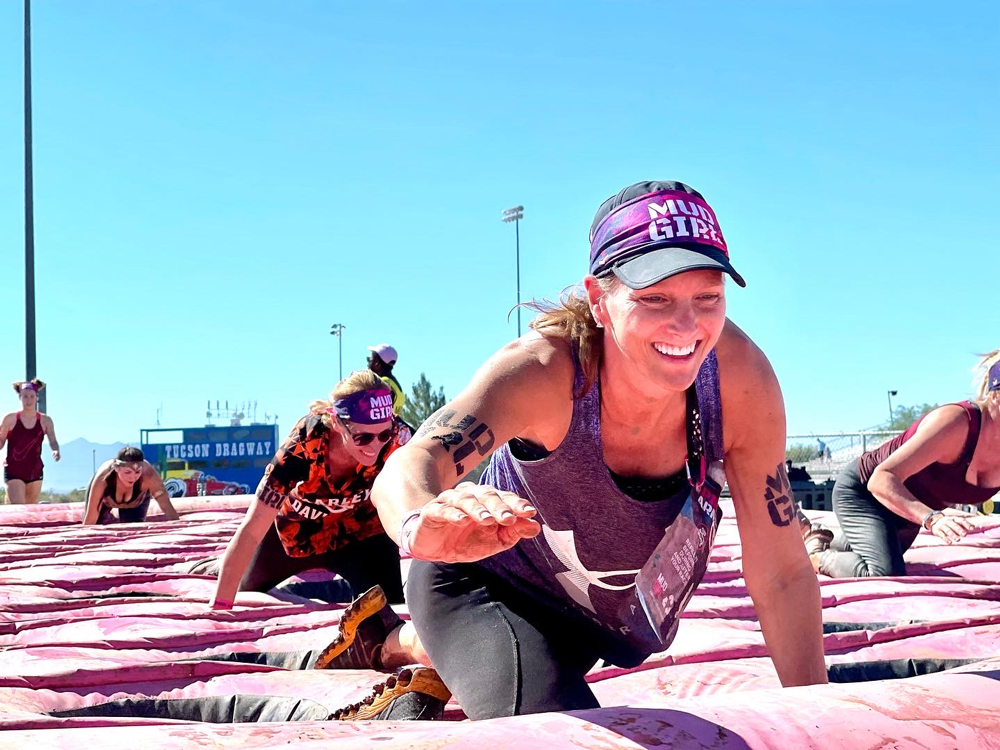
“It’s become a very powerful development,” he said. “People are making a lot of money at it, and people are spending a lot of money on it. It’s become quite a phenomenon. I wonder whether there isn’t an opportunity to do something similar in drag racing. It would have to be very uniquely tuned to the drag racing market, so I’m not sure that building condos at the side of a drag strip is necessarily the right thing. But focus more on a social environment, a membership-type situation where it is more ‘run what ya brung.’ It can be a lot more focused on casting a wide net for, say, everyone who has a Shelby GT500 within an hour-and-a-half drive, and trying to drive membership dues and giving a lot of accessibility to the track, rather than focused on trying to fit into an NHRA and IHRA or similar type of program.”
Besides creating additional ways to monetize the track’s real estate, some drag strips are already upending old business models. Not all of these actions are replicable, as many are specific to certain areas or represent unique opportunities. But viewing the success of these tracks may help generate new ways of thinking.
For example, Haney at Tulsa Raceway Park leverages his unique track ownership situation with the drag racing series he started to help other tracks in the region. “We own a track. We don’t own the property, but the property owner has given us a long-term lease at Tulsa Raceway Park, and it’s very inexpensive,” Haney said. He and his business partner signed the long-term lease in 2011 with the rock quarry that owns the land. The quarry bought the land in case they needed it for future expansion, Haney said, and that use is likely far off in the future.
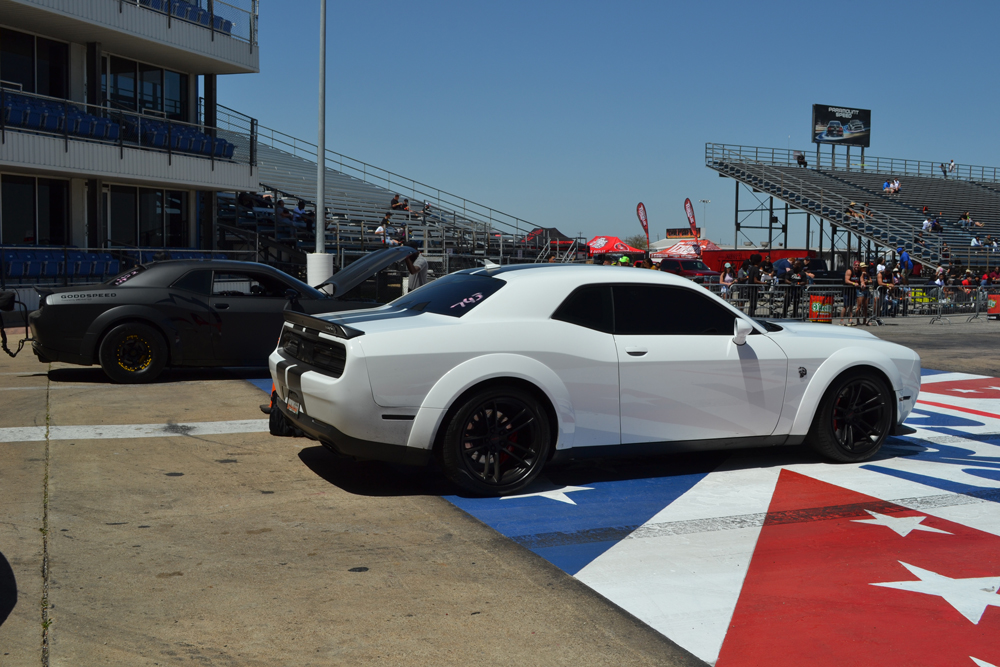
Haney owns the racing series himself and designed it to be a win-win for everyone involved. “With the model the Mid-West Drag Racing Series is built on, we get nothing, the track gets 100%. The tracks are making money off our series because I don’t need the money. I’m making it where the race tracks make the money to try to keep the sport alive. That’s the only reason I did it.”
The series started off focused solely on Pro Mods but added new drag race classes as it expanded. “We’re constantly looking at what we can do for the race track. They get everything—back gate, front gate, tickets, merchandise, concession. We absolutely get nothing. We actually pay them to come. But they also guarantee our purses, and we bring enough cars to cover it.”
Haney’s business model for the series reflects his marketing experience acquired as the owner of several car dealerships. “You take a look at a lot of the sponsors, and they would love to sponsor a race track. The problem is, the race tracks don’t have the staff to deliver on what they say they can do. And then they don’t have the information to report back to keep the sponsors onboard. So the dealerships leave because they didn’t feel like they got anything for their dollar.
“With the Mid-West Drag Racing Series, we are basically a marketing company for marketing partners,” Haney continued. “We make sure their commercials are on live feed, their banners are all over the track, all our websites have all of them on it, we have links back and forth, we do all our social posts, we tag all of our marketing partners when we go to a race track, we do it all. We’ve become a marketing company for, let’s just say, Summit Racing Equipment, which has the naming rights of the series. We basically are promoting for them, and we become their face to the racers. Now, those people go track to track to track with us. At the end, they see the reports. They see what they’re getting for their dollar.”
The Mid-West Drag Racing Series has a show on MAVTV, further extending the series’ marketing reach. “It’s a difference in model concept,” Haney added. “Most people who do this, live out of it. They own the series and they’re getting paid out of the series. Me, I don’t take a paycheck.”
When it comes to making drag strips more economically viable, there may also be ways to attract support from local or state governments, although that is usually a lengthy and tricky minefield to negotiate. But governments are also motivated to eliminate street racing, which could give track owners a foot in the door. “Government assistance, state and county funding, public partnerships are all very realistic options,” Hughes said. “Why not take a drag strip on state or county land and operate it more like a municipal park? Open more often during the week to avoid long lines during testing or run-what-you-brung events. Give kids these days a safe place to race and off the streets. Implement a plan instead of giving out speeding and exhibition-of-speed tickets. Have them take a driving school at your local race track.”
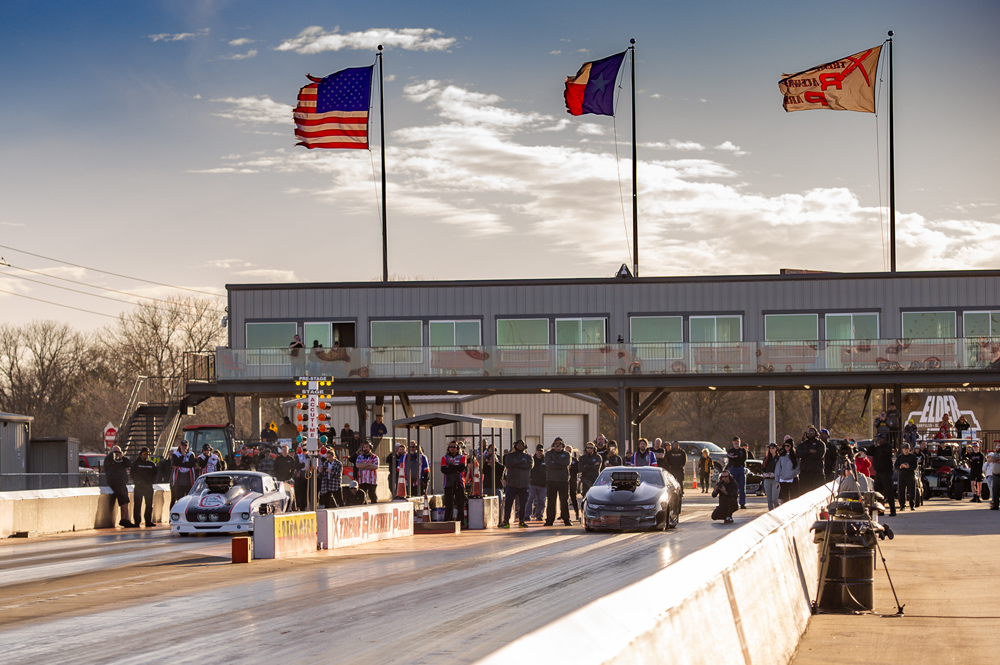
The racing industry may have to prepare itself for things to get worse before they get better, given the realities of the current economy. “You can’t blame the race tracks for doing what they do,” Haney said. “They’re only protecting their families and looking out for the future of their families. Some race tracks have been in business for 50 years. They finally sell because nobody wants to pay them to buy the race track and start a new chapter. The other part is, people can’t afford to buy them when you have these equity groups that come in and buy the property. You have a piece of property that’s worth $2 million, and you’re getting $8 million for it. If you had a business that was making a half-million dollars a year, that business might bring three-and-a-half times earnings. Now you’re getting $6 million for the property. I don’t think there’s a way out of that math. As long as these equity groups and corporate companies have the money they have, it’s just a smart decision for the people who own the track.”
Even so, the motorsports industry is known for its resourcefulness and adaptability. Many of these issues will be examined at this year’s PRI Trade Show in December. “This is one area where I think we as an industry could do a better job,” Williams said. “How do we create access to some think tanks and some brainstorming and some things that are actually working? For instance, here’s something that happens between racers: Racers are this community that has this unbelievable ability to do whatever it takes to still get to the race track and go racing. But along the way you discover all these clever things, whether it’s how to make more power, how the car works better, or how to save money on towing, trailer set-ups, you name it. And they like to share—there’s always these phone calls going back and forth. So there’s this ‘group tank’ to share info. Race cars today are so much more sophisticated than they were even 10 years ago, and so much better because of that sharing of information. Where’s that for the race track owners?”
As long as there are cars there will be drag racing, but the time for thoughtful, coordinated effort to keep the sport viable has definitely arrived.
SOURCES
Hart Marx Advisors
hartmarxadvisors.com
K&N
knfilters.com
Mid-West Drag Racing Series
midwestdragracingseries.com
Total Venue Concepts
totalvenueconcepts.com
Tucson Dragway
tucsondragway.com
Tulsa Raceway Park
tulsaracewaypark.com
 MEMBERSHIP LOGIN
MEMBERSHIP LOGIN JOIN PRI
JOIN PRI


